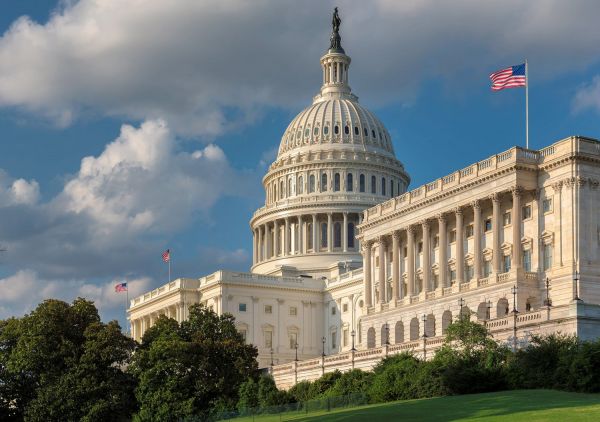FARGO, N.D. – Feed costs are always a concern for cattle producers, but 2022 to 2023 numbers have shown some of the highest feed costs in over a decade. In fact, according to the U.S. Department of Agriculture feed price index, overall feed prices for feed, livestock and poultry are up 26.6% from September of 2020 through September of 2022.
“Feed costs are only part of the equation when it comes to backgrounding, however,” says Bryon Parmon, North Dakota State University Extension agriculture finance specialist. “The price of weaned calves and backgrounded calves are extremely important.”
The most recent USDA Agricultural Marketing Service North Dakota Weekly Auction Summary report showed a wide range in North Dakota calf prices. For example, 550- to 600-pound, medium and large #1 steer prices ranged from $188 per hundredweight (cwt) to $225/cwt with a $198.64 average.
“So, from a backgrounding standpoint, it may be advantageous to consider the average and below-average priced steers to add value in a backgrounding program,” says Tim Petry, NDSU Extension livestock marketing specialist.
Heifer calf prices are discounted relative to their steer counterparts. The North Dakota Agricultural Marketing Service report showed 550- to 600-pound heifers averaging $175.74/cwt, almost $23/cwt less than steers. Heifers gain in price relative to steers with 850- to 900-pound heifers at close to the same value. Many heifers are backgrounded each year in North Dakota, and the budgets show that has potential again this year.
The feeder cattle futures market can be a guide for price expectations for backgrounded steers marketed in January through March. January feeder cattle futures currently are trading at $179/cwt with March futures contracts at $182/cwt.
Because the cattle market is volatile with all the fundamental factors affecting the market, Extension specialists encourage ranchers to consider price risk management strategies in calf backgrounding marketing plans.
“Not only are feed prices high, but with the rise in energy costs, interest, labor, hauling and repair fees, overhead costs have risen and can erode profits for cattle set to gain at slower rates,” says Parman. “For instance, with a yardage cost of $0.45 per day on top of interest accumulation, an animal in the yard for 100 days would incur an interest and yardage cost total of $67.73, while an animal in the yard for 167 days would incur a cost of $112.40. This explains much of the difference between the 1.8-pound average daily gain for steers and the 2.8-pound average daily gain scenario.”
According to NDSU Extension livestock systems specialist Karl Hoppe, lighter-weight calves gaining 1.8 pounds per day would need a 0.34 Mcal per pound net energy ration. Steers gaining 2.8 pounds per day need a need a 0.45 Mcal per pound net energy ration. To reach a 3.6-pound average daily gain, the final ration would require an average ration of 0.55 Mcal or better. If the calves are fed to finish, the final ration needs to be 0.62 Mcal or higher finishing ration during the final months on feed.
Ration cost per day increases as the energy density of the ration increases. Using diets consisting of grass hay, corn silage, corn grain and distiller gains, the cost per day is $1.41 for 0.34 Mcal ration, $1.76 for 0.45 Mcal ration and $2.50 for 0.55 Mcal ration.“
Feed cost of gain provides more insight to efficiency than feed cost per day,” says Hoppe. “Feed cost per pound of gain is $0.78 for 1.8 pounds daily gain, $0.63 for 2.8 pounds daily gain and $0.69 for 3.6 pounds daily gain.”
While feed costs for energy are usually based on the corn grain price, local prices and cost vary.
“Keeping feed costs low, calf gain and feed conversion performance high, and purchase cost affordable, can make backgrounding an opportunity for the winter season of 2022-2023,” says Hoppe.
For more information on marketing, budgets, health and nutrition for backgrounding calves, NDSU Extension specialists have produced a backgrounding cattle video series, available at ndsu.ag/backgrounding.












